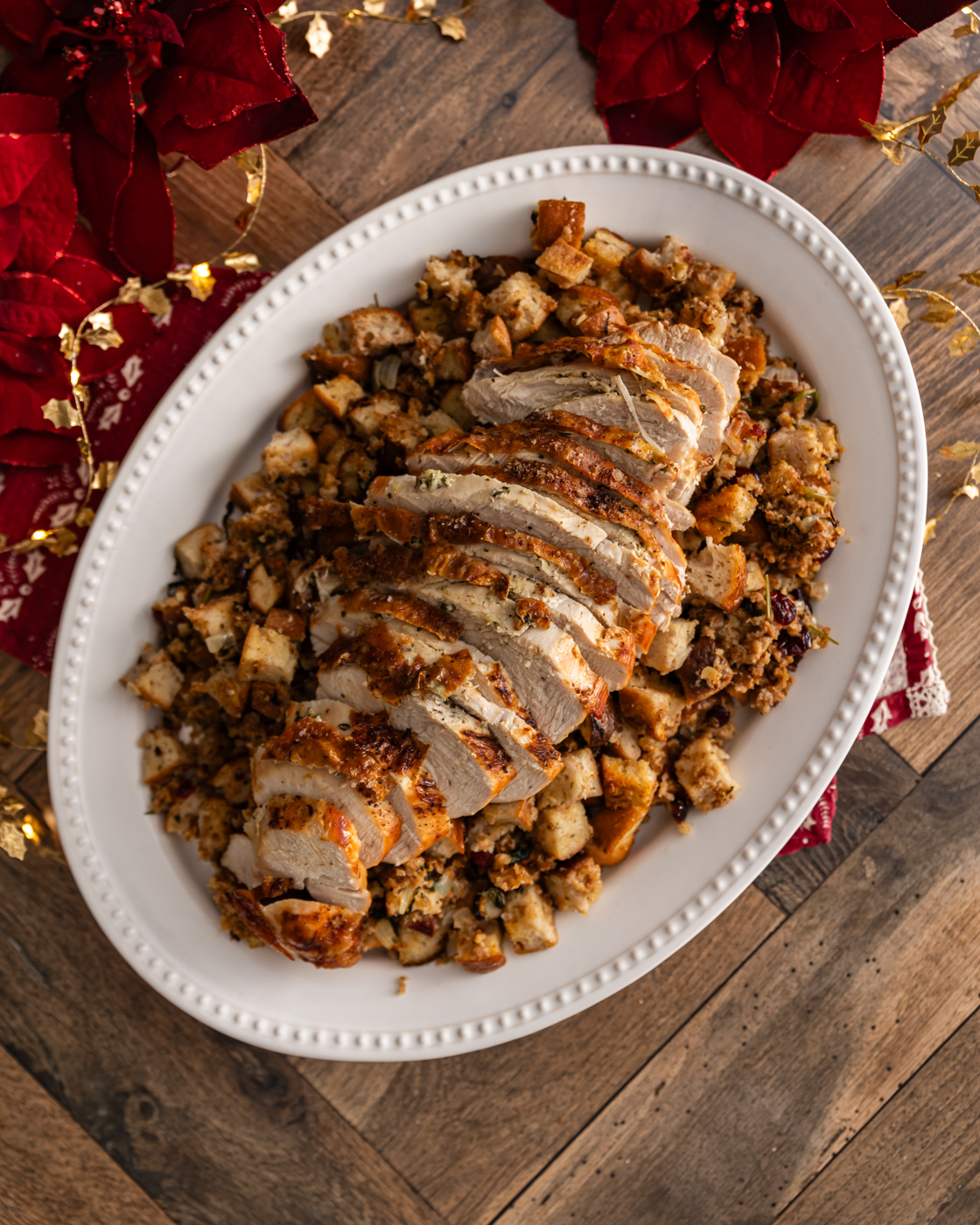
Use Your Loaf
Sat Jul 04 2015

Nothing beats the smell of freshly baked bread, and once you master the basics of bread-making there is nothing more satisfying than making your own. Here’s our simple guide to how it all works:
The Rise
All bread needs a raising agent, usually being yeast. The yeast is mixed with water and fed with a little sugar to kick start its rising process.
Knead All About It
Kneading distributes the yeast, and develops the gluten in the dough. The gluten strands capture air bubbles created by the yeast and allow your bread to have a full rise with an even texture. To knead, use both hands to press, fold and turn the dough until it is smooth and elastic. Be vigorous – you won’t hurt it! To test if you have kneaded enough, press the dough with two fingers – if it springs back, it’s ready.
Prove It First
Place the kneaded dough into an oiled bowl, cover with a tea towel or cling film and leave in a warm place for about an hour and a half, or until it has doubled in size. This is called proving, because it proves that the yeast is working. Bread that hasn’t been proved enough will be quite coarse to eat.
Knock It Out
After the first prove, punch the dough until it has completely deflated – this will get rid of any air pockets created by the yeast.
Prove, Prove Again
After you have knocked out your dough, shape it into the bread you want and leave it to prove for a second time.
Get Baked
Bread loves a humid atmosphere. Throw a few ice cubes in a tray at the bottom of the oven while baking to create a warm and moist environment for it to bake.
Check out our bread recipe section here.








